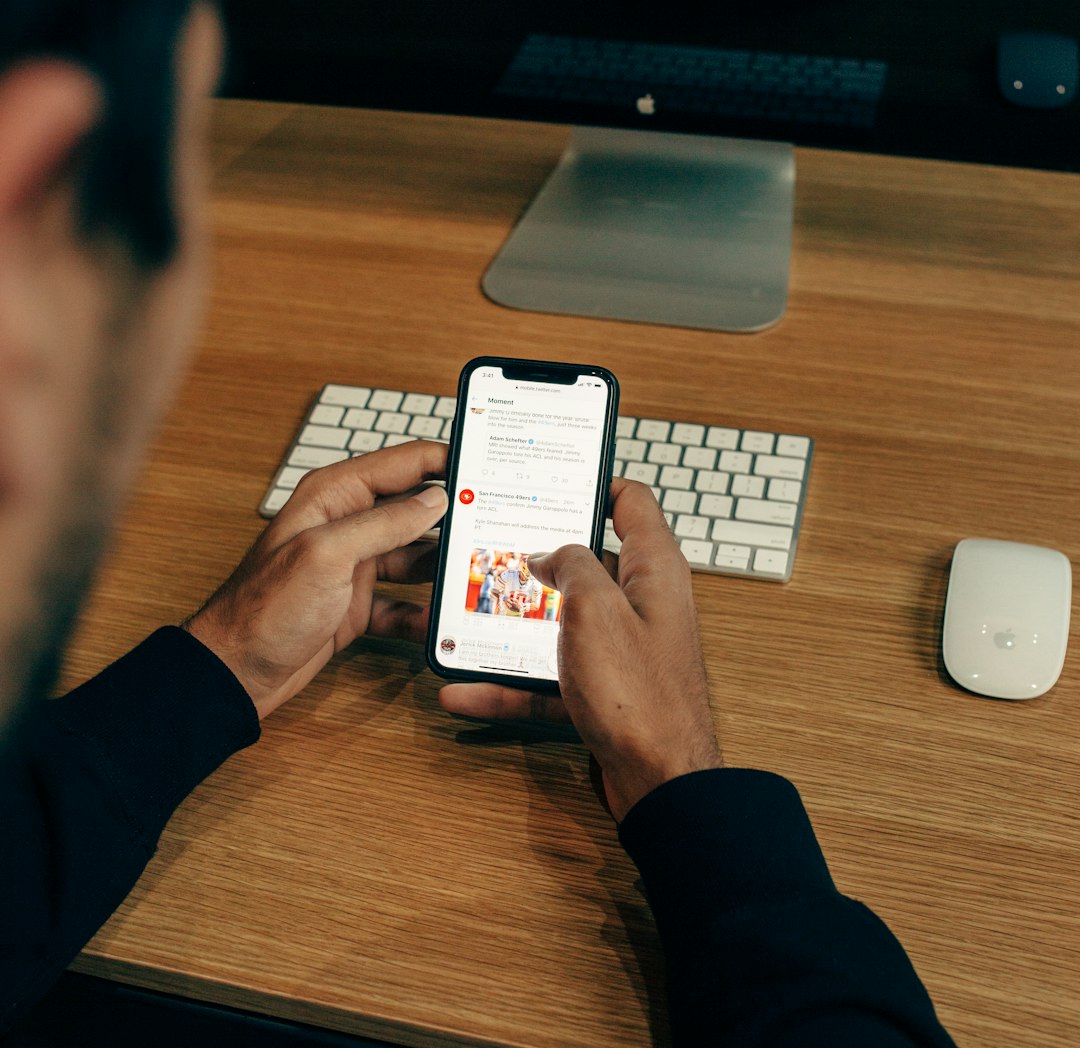Table of Contents
- Introduction
- Analyzing email open rate data
- Segmenting your audience
- Testing different time zones
- Utilizing A/B testing for send times
- Considering weekends vs. weekdays
- Conclusion
- Frequently Asked Questions
Introduction
In the fast-paced digital world, grabbing your audience’s attention is crucial, and email remains a powerful tool to do just that. But are your campaigns falling flat? If you’re yearning for that secret sauce to transform your emails from being instantly deleted to eagerly anticipated, you’re in the right place. This article unveils proven strategies to skyrocket your email engagement, inviting your subscribers to connect, click, and convert like never before.
Imagine your emails not only reaching inboxes but being opened and acted upon. It’s not just a dream—it’s a reality within reach. We’ll explore dynamic methods to craft compelling subject lines, tailor your content for your audience, and optimize your send times. These are just a few of the mysteries we’ll unravel to boost your open and click-through rates.
Take a look at the table below, which outlines key factors for successful email engagement:
| Strategy | Impact |
|---|---|
| Personalization | Increases relevance and engagement |
| A/B Testing | Identifies top-performing elements |
| Responsive Design | Enhances user experience on all devices |
Analyzing email open rate data
To optimize email send times for maximum engagement, analyzing email open rate data is crucial. Open rate is a key metric that indicates the percentage of recipients who open an email. By examining this data, marketers can identify patterns and trends in recipient behavior. For instance, analyzing historical open rates can reveal peak times during the week when recipients are most likely to engage with emails. This information helps in scheduling future email sends to coincide with these optimal times. Moreover, segmenting the audience based on time zones or geographical locations can further enhance the precision of send times, as it allows marketers to tailor email sends according to the recipient’s local time.
Beyond just timing, understanding the factors that influence open rates can provide actionable insights. These factors include subject line effectiveness, the sender’s name and reputation, and even the email’s preview text. A/B testing different variables such as subject lines or send times can offer deeper insights into what drives higher open rates. Ultimately, a data-driven approach to analyzing open rate data enables marketers to make informed decisions, thus enhancing engagement levels and improving overall email marketing performance.
Segmenting your audience
Segmenting your audience is a vital strategy in optimizing email send times to maximize engagement. By understanding and categorizing your audience based on various factors such as demographics, behavior, and past interactions, you can tailor your email campaigns to meet the specific needs and preferences of different groups. This segmentation process allows you to send targeted messages at times when specific segments are most likely to engage.
For instance, younger audiences might be more receptive to emails sent in the evening, while professionals could prefer early morning communication. Analyzing data such as open rates and click-through rates provides valuable insights, allowing for adjustments in send times to align with peak engagement periods for each segment. Ultimately, effective audience segmentation enhances relevancy, leading to higher open rates, improved customer relationships, and better overall campaign performance.
Testing different time zones
Testing different time zones is a crucial strategy for optimizing email send times to ensure maximum engagement across diverse audiences. Since recipients are often located in various geographic regions with differing time zones, understanding when your audience is most likely to check their emails can significantly boost engagement rates. Begin by analyzing your subscriber base to identify prevalent time zones and categorize your audience accordingly.
Use A/B testing to experiment with sending emails at different times in these time zones. Track performance metrics such as open rates and click-through rates to pinpoint the most effective times for each segment. Additionally, consider testing against local work hours or common email-checking times, like early mornings or late afternoons.
Another strategy involves deploying automated scheduling tools that adapt to the recipient’s time zone, which can personalize and enhance the email experience for the individual. Continually analyze the data gathered from these tests to refine your approach, ensuring your strategy remains aligned with evolving audience habits and preferences.
Utilizing A/B testing for send times
Utilizing A/B testing for email send times is a highly effective strategy for maximizing engagement with your audience. This approach involves segmenting your email list and sending the same content at different times to different groups. By analyzing the open and click-through rates, you can determine which send time yields the best results. This data-driven method allows for informed decision-making, ensuring that emails reach inboxes at the most effective times.
A/B testing requires a clear plan: first, identify your key performance indicators (KPIs) such as open rates or conversion rates. Next, test a range of send times that you hypothesize might improve these metrics based on your audience’s behavior. It’s crucial to conduct these tests over a statistically significant period to ensure the results are reliable and not just based on short-term trends.
Moreover, ongoing testing is advisable because the optimal send time can change due to shifts in audience behavior or external factors like daylight saving time or holiday seasons. With the insights gained from A/B testing, marketers can continuously refine their strategies, leading to higher engagement levels and improved ROI on email marketing campaigns.
Considering weekends vs. weekdays
When optimizing email send times, one crucial factor to consider is the choice between weekends and weekdays. Both have distinct advantages and can significantly impact engagement rates.
Weekdays are generally perceived as more effective for business communication, mainly due to the routine nature of checking emails during the workweek. The midweek days, especially Tuesday, Wednesday, and Thursday, see higher open rates and engagement. This is because people are settled into their work activities and are more likely to interact with emails related to their interests or duties.
On the other hand, weekends offer unique advantages for certain types of content, particularly consumer-oriented or leisure-related emails. During weekends, recipients might have more free time to engage with content at their own pace, skimming leisurely over emails. However, this depends on the audience’s lifestyle and industry. For instance, entertainment and hospitality sectors can benefit significantly from weekend emails when people plan their outings and activities.
Ultimately, understanding your target audience’s behavior and preferences, perhaps through A/B testing, can guide you in choosing the best days to send your emails for optimal engagement and response rates.
Conclusion
In conclusion, mastering the timing of your email sends can dramatically enhance your engagement rates, leading to a more successful email marketing campaign. By analyzing open rate data and continuously segmenting your audience, you can tailor your approach to fit specific demographic needs. Moreover, testing different time zones and using A/B testing provides invaluable insights into when your audience is most active, allowing you to refine your strategy to achieve maximum results. Additionally, weighing the differences between weekends and weekdays helps in understanding when your audience is most receptive. As the industry and consumer behavior evolve, staying informed of these patterns is essential. Automation further aids in implementing these strategies efficiently, ensuring that emails are dispatched at optimal times with minimal manual intervention. Leveraging these ‘secrets’ will not only skyrocket your email engagement but also foster stronger, more meaningful connections with your subscribers, ultimately driving better results and a higher return on investment.

